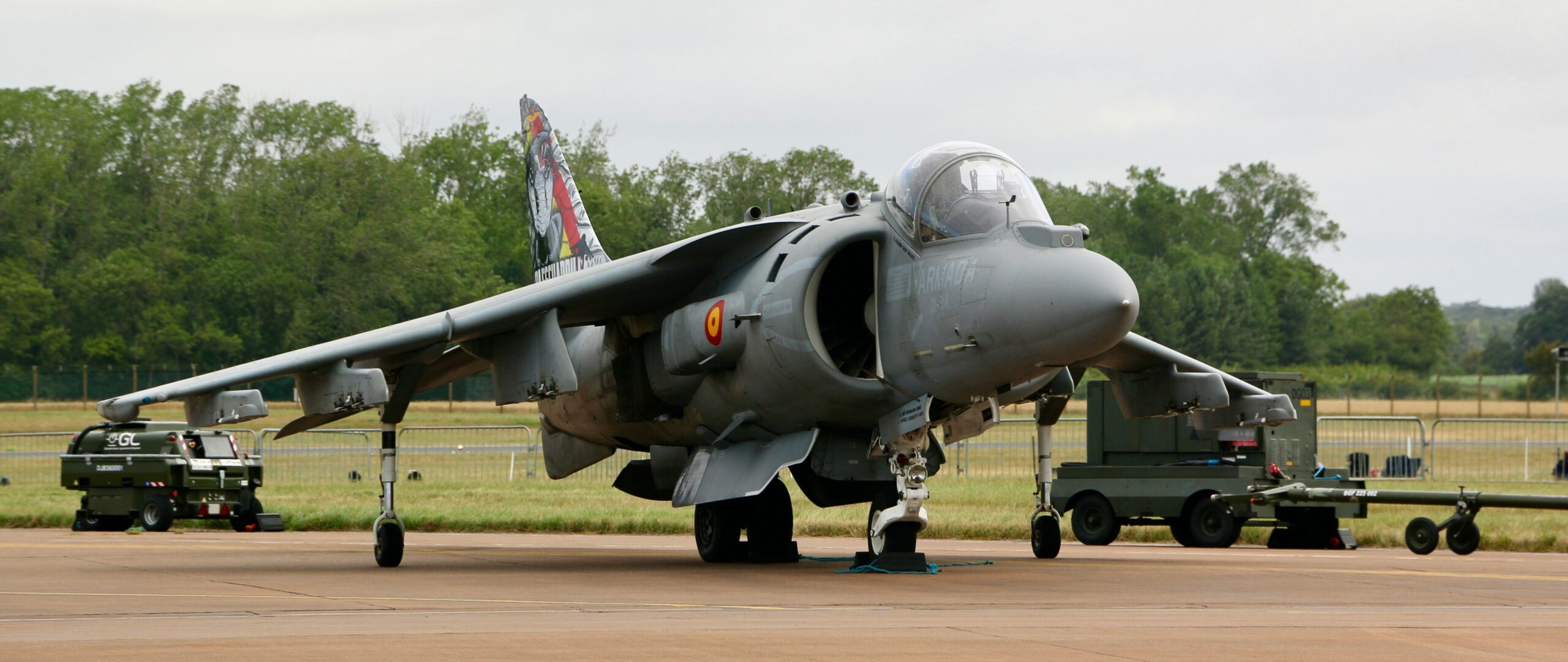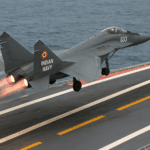Prime Minister Pedro Sánchez has notified NATO headquarters that Spain will not accept a future rule requiring every ally to channel five percent of national output into defense. His letter, delivered late Thursday to Secretary-General Mark Rutte, calls the target “unreasonable” and warns that it would stretch the state budget and disrupt wider European security programs. Defense officials confirm the message reached Brussels in time to feature on next week’s summit agenda in The Hague – guaranteeing formal debate rather than corridor talk.
The five-percent idea emerged this spring during staff work on new regional defense plans. According to industry sources, the draft divides the total into two blocks: about 3.5 percent for classic military forces and 1.5 percent for resilience projects such as cyber defense, transport corridors, and hardening of critical infrastructure. Proponents argue that Russia’s wider war in Ukraine, stockpile depletion, and rising cyber threats all demand a larger budget base.
Spain’s Opposition to NATO 5 Percent Defense Spending Target
Spain’s own spending ratio remains far below that level. Current outlays equal roughly 1.3 percent of gross domestic product – one of the lowest shares in the alliance. Next year’s financial plan adds €10.5 billion, nudging the ratio to about 1.5 percent. Madrid still intends to hit the long-standing two-percent guideline before 2030. Yet Sánchez insists that pushing straight to five percent would force large cuts in health care, education, and climate programs already written into law.
Treasury tables put the scale in plain numbers. Every extra 0.1 percent of GDP equals almost €1.5 billion a year. Lifting defense from two percent to five percent would therefore cost around €45 billion annually – more than Spain’s entire 2024 education budget. The finance ministry warns that those sums would push the deficit above EU limits, raise debt-service charges, and crowd out social spending during a period of still-high unemployment.
Fiscal Challenges of Spain’s NATO Defense Spending Commitment
Government aides list three principal reasons for rejecting the proposal:
- Fiscal stability – A rigid five-percent floor would drive persistent deficits and higher borrowing costs.
- Domestic priorities – Core welfare and climate programs would face reductions or new taxes.
- Strategic alignment – Madrid prefers projects that advance both NATO and European Union goals, rather than a single cash quota.
Defense officials confirm these points appear word-for-word in the prime minister’s letter.
Politics tightens the equation. The governing coalition depends on smaller parties that view big defense hikes with caution. Budget committees endorsed the slower climb toward two percent only this spring, and polling indicates public support levels out near that figure. By rejecting the higher bar now, the cabinet avoids a fierce funding battle just months before regional elections.
Diverse NATO Member Responses to the 5 Percent Defense Goal
Norway’s prime minister called five percent a fitting response to a harsher security climate. Norway’s long-term defence plan outlines major aircraft acquisitions and other modernization efforts that align with this vision. Poland, Estonia, and Lithuania already spend more than three percent and judge the bigger figure feasible. Belgium, Italy, and Canada signal they will struggle. Germany voices concern that a blunt rule may divert resources from ongoing modernization projects. Because alliance decisions require consensus, Spain’s “no” blocks automatic approval.
Diplomats are examining compromise models:
- Voluntary tier – Nations able to aim at five percent make a political pledge; others commit to less.
- Phased ladder – Allies reach at least three percent by 2030, then review further rises.
- Credit system – Costs for hosting NATO assets, such as Spain’s air-command hub at Torrejón, offset part of the headline share.
Washington prefers the ladder, Warsaw leans toward the tier, and several western capitals favor credits. Rutte’s staff will circulate a revised text on Monday, hoping to close gaps before leaders arrive on June 24.
Impact of NATO Defense Spending Targets on European Defense Industry
Defense primes planned around budgets reaching roughly three percent of GDP this decade. A surge to five percent might boost orders for precision munitions, fifth-generation fighters, heavy-lift helicopters, and secure satellites – but only if parliaments guarantee steady contracts. Spanish shipyards and aerospace firms welcome predictable growth yet warn that abrupt peaks complicate workforce expansion and supply-chain planning.
Spanish officials also underline the European industrial angle. They argue that rigid NATO quotas could send partners toward rapid off-the-shelf purchases – often from non-EU suppliers – and away from cooperative programs such as the Future Combat Air System or the European Patrol Corvette. In their view, joint projects financed through the European Defence Fund deliver more capability per euro and support the continent’s high-tech workforce. Romania recently advanced a €10 billion military upgrade plan that also emphasizes EU-based cooperation.
Across the Atlantic, the United States continues to push allies to shoulder more of collective defense. Some U.S. officials see the five-percent mark as a signal of European resolve; others note that past GDP rules encouraged creative accounting without always producing more deployable forces. Alliance data show that only a handful of members met the original two-percent pledge in 2014, yet most now expect to cross it this year. Raising the bar again could invite similar delays.
Strategic Defense Considerations Behind Spain’s Stance on NATO Spending
Classified assessments reviewed by Defense-Aerospace conclude that Russia may restore full brigade strength along the Baltic frontier by 2028 and could test NATO resolve with hybrid actions elsewhere before 2030. Those findings support calls for larger ammunition reserves, thicker air-defense belts, and permanent heavy-armor units close to likely flashpoints. Advocates argue that such goals require budgets nearer five percent, at least for front-line nations.
Madrid counters that credible defense depends on output as much as spending levels. Spanish Air Force detachments have flown more than 1,200 sorties under Baltic Air Policing in the past two years. The navy logged over 300 days of forward presence in the eastern Mediterranean during the same span. Officials point to those deployments as evidence that lower GDP shares can still yield meaningful contributions.
Economic and Supply Chain Risks in Raising NATO Defense Spending
Economists see risks and potential gains in Spain’s stance. Rejecting the higher mark shields domestic programs and avoids intense competition for limited industrial capacity. It also sparks a wider conversation on measuring burden-sharing by forces, stockpiles, and logistics rather than money alone. Yet if most allies adopt a bigger benchmark, Madrid could lose sway over future capability plans and face renewed political pressure from Washington.
Supply-chain limits add another layer. Europe’s arms factories are busy replacing equipment donated to Ukraine. Even if budgets rise fast, assembly lines need time, and skilled labor is tight. Several analysts suggest a steady, predictable spending path may deliver more equipment over the long run than a rapid spike that industry cannot match.
The summit in The Hague now carries heavy weight. Leaders must craft a formula that shows unity and deterrence strength while remaining credible to domestic voters. Success demands a number that feels fair, flexible, and achievable across 32 diverse economies.
Spain Advocates Balanced NATO Defense Spending Linked to EU Goals
Spain is betting on a balanced solution – higher than two percent yet lower than five – linked to specific projects and shared EU goals. If negotiators find that middle ground, the alliance can update its targets without forcing every member into a single mold. A split outcome could hand Moscow a propaganda tool and revive doubts about burden-sharing.
Leaders have four days to bridge these differences. The outcome will guide defense budgets, industrial investment, and strategic posture for the next decade. For Madrid, for Brussels, and for NATO as a whole, the stakes are clear – and the clock is running.
REFERENCE SOURCES
- https://europeannewsroom.com/nato-summit-looms-as-europe-divided-on-record-defence-spending-hike/
- https://apnews.com/article/spain-nato-spending-increase-f9d105eb41d708acc78356599032b95a
- https://www.aljazeera.com/economy/2025/6/19/spain-rejects-natos-5-defence-spending-hike-as-counterproductive
- https://www.euronews.com/my-europe/2025/6/19/spains-pm-pedro-sanchez-rejects-natos-5-of-gdp-spending-plan-as-unreasonable
- https://www.theguardian.com/world/2025/jun/19/spain-rejects-nato-plan-for-member-states-to-spend-5-of-gdp-on-defence
- https://www.politico.eu/article/spain-nato-summit-5-percent-defense-spending-target-perdo-sanchez-military-donald-trump
- https://www.nato.int/cps/en/natohq/topics_49198.htm
- https://abcnews.go.com/International/wireStory/success-key-nato-summit-doubt-after-spain-rejects-123033764
- https://www.washingtonpost.com/opinions/2025/06/20/nato-summit-europe-russia-rutte/
- https://timesofindia.indiatimes.com/world/europe/the-success-of-a-key-nato-summit-is-in-doubt-after-spain-rejects-a-big-hike-in-defence-spending/articleshow/121974948.cms
- https://www.atlanticcouncil.org/blogs/new-atlanticist/dispatch-from-madrid-spains-defense-spending-low-but-itmilitary-tempo-paints-a-different-picture/
- https://www.atlanticcouncil.org/blogs/new-atlanticist/what-counts-as-defense-in-natos-potential-5-percent-spending-goal/
- https://www.reuters.com/world/europe/nato-countries-approve-hague-summit-statement-with-5-defence-spending-goal-2025-06-22/
- https://apnews.com/article/nato-spain-trump-defense-spending-8b554694c18511a3b835e44a15042694


